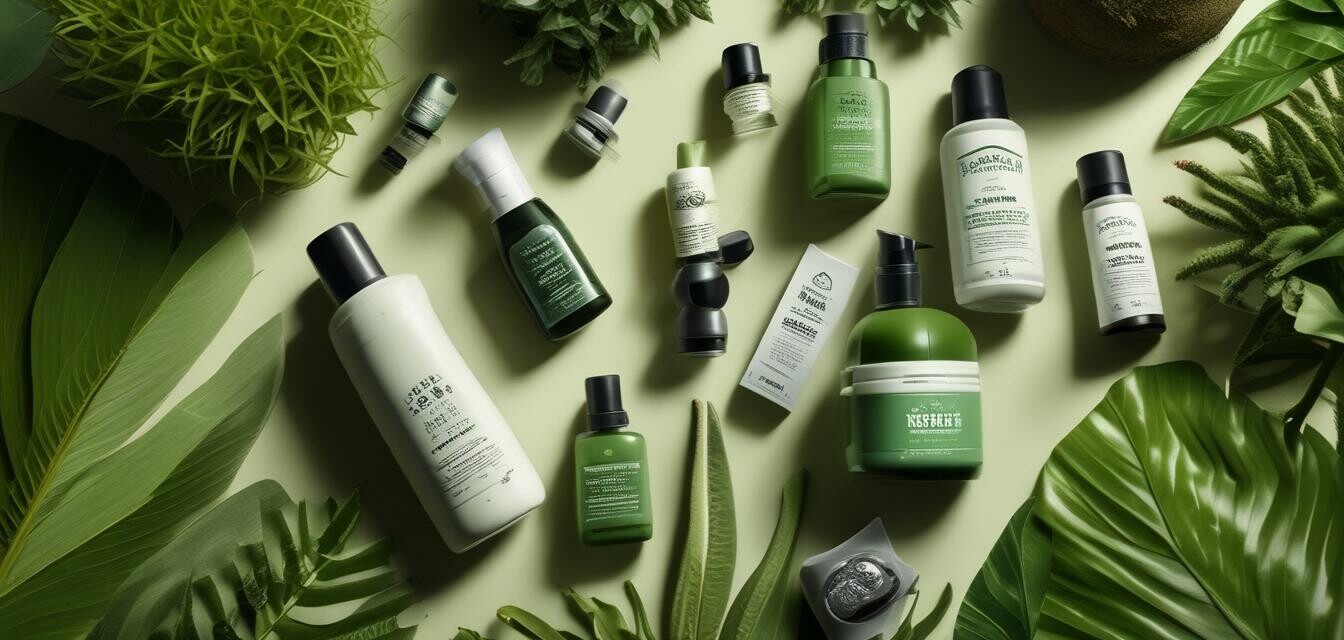
Sustainable Beauty: The Future of Eco-Conscious Black Consumers
Key Takeaways
- The demand for sustainable beauty products among Black consumers is rising.
- Brands are adapting to meet eco-conscious demand with eco-friendly packaging and natural ingredients.
- Transparency in sourcing and ethical practices are key priorities for conscious consumers.
- Community-based brands are gaining momentum and making significant impacts.
- Education around sustainability in beauty is crucial for continued growth.
The beauty industry has undergone significant changes in recent years, with many consumers shifting toward eco-friendly options. Among these consumers, Black individuals are leading the charge in making sustainable beauty choices. In this article, we explore the rise of eco-conscious decisions among Black consumers, the brands paving the way, and the overall impact of these trends on the beauty landscape.
The rise of eco-conscious beauty among Black consumers
Eco-consciousness is not just a trend; it's a movement. Today’s Black consumers are increasingly prioritizing sustainability in their beauty regimens. This shift stems from a growing awareness of the impact that beauty products have on both health and the environment. Consumers are now more informed about the consequences of using harmful chemicals, supporting unethical companies, and the significance of sustainable practices.
Factors driving the eco-conscious movement
- Health awareness: Many consumers are aware of how certain products can affect skin and health.
- Environmental concerns: There's a growing concern about pollution and climate change.
- Social responsibility: Supporting brands that prioritize inclusivity and fair trade practices is vital.
- Community influence: Many beauty influencers and public figures are voicing the importance of sustainable practices.
Brands making a difference
Several brands have emerged as leaders in sustainable beauty, particularly those catering to the needs of Black consumers. These brands are not only providing high-quality products but are also committed to ethical and environmentally friendly practices. Below is a table highlighting some key players in the sustainable beauty industry.
| Brand Name | Key Products | Sustainable Practices | Impact on Community |
|---|---|---|---|
| Brand A | Skincare | Eco-friendly packaging, natural ingredients | Supports local artisans and fair trade |
| Brand B | Haircare | No harmful chemicals, recyclable bottles | Community education programs on sustainability |
| Brand C | Makeup | Vegan products, minimal waste practices | Empowers Black women through outreach |
Understanding the consumer’s journey
With the shift towards eco-conscious beauty, it is important to understand the consumer’s journey. Awareness and education play crucial roles in how Black consumers select beauty products. Here are the key phases in their decision-making process:
- Awareness: Realizing the importance of sustainability.
- Research: Seeking information on brands, ingredients, and practices.
- Evaluation: Comparing options and considering values aligned with their beliefs.
- Purchase: Making informed choices and supporting ethical brands.
- Advocacy: Sharing experiences and educating others within their communities.
Challenges ahead
While the shift towards sustainable beauty is promising, several challenges remain:
- Price Point: Many sustainable products are often priced higher than conventional options.
- Accessibility: Not all communities have access to sustainable products.
- Education: There’s still a need for more awareness around sustainable practices.
- Market Competition: High competition may lead to greenwashing—companies falsely presenting their products as sustainable.
The future of sustainable beauty
As the beauty industry continues to evolve, so will the landscape of sustainability. Future trends may include:
- Increased transparency: Brands will need to be more open about their sourcing and practices.
- Technological advancements: Innovative solutions for eco-friendly packaging and ingredient sourcing.
- Community engagement: More brands will prioritize community-based initiatives.
- Collaboration with consumers: Brands may seek greater consumer involvement in product development and feedback.
Conclusion
The rise of eco-conscious decisions among Black consumers marks a vital trend in the beauty industry. As more individuals become aware of the impact of their purchases, brands will need to adapt and innovate. By prioritizing sustainability and community-focused practices, industry leaders can pave the way for a more inclusive and environmentally friendly beauty landscape. To stay updated on the ongoing changes in the beauty industry, check out our News and Trends section regularly.
Pros
- Promotes healthier lifestyles through natural ingredients.
- Encourages ethical sourcing and fair trade.
- Supports community empowerment and education.
Cons
- Higher costs for sustainable products.
- Limited availability in some areas.
- Potential for misleading claims (greenwashing).